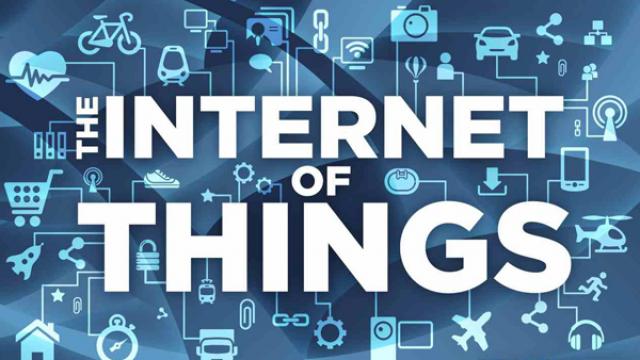Protecting Physical Devices and Hardware: An Overview of International Patent Rights
Physical devices and hardware are an integral part of modern technology, powering our smartphones, computers, and other electronic gadgets. As the demand for these technologies continues to grow, so does the need to protect them through patents. International patent rights provide a legal framework that allows companies to safeguard their inventions and prevent others from copying or using them without permission. However, navigating the complex world of international patent law can be challenging, especially for companies based in different countries with varying legal systems. In this article, we will provide an overview of international patent rights, including how they work, the types of patents available, and the key challenges facing patent holders. By understanding these concepts, businesses can better navigate the global marketplace and ensure their products stay protected in an increasingly competitive environment.
Introduction

In an increasingly interconnected world, the protection of intellectual property (IP) is more critical than ever. One of the most challenging aspects of IP protection is safeguarding physical devices and hardware. These devices are complex, often multifunctional, and frequently involve multiple layers of technology. As a result, protecting them can be a daunting task, requiring a thorough understanding of various types of IP rights.
This article will explore the different types of IP rights that can potentially protect physical devices and hardware, including patents, trademarks, copyrights, and trade secrets. By examining each of these categories in turn, we will provide readers with a comprehensive overview of the various options available for safeguarding their inventions and creations.
Patents
One of the most well-known forms of IP protection is the patent. A patent grants a inventor or inventors exclusive rights to use, make, and sell their invention for a specified period. In the case of physical devices and hardware, patents can be granted for a wide range of technologies, including mechanical designs, electrical systems, and software algorithms.
To obtain a patent, an inventor must file an application with a patent office, typically in their home country or one where they have established a legal presence. The application must include detailed descriptions of the invention, as well as drawings or diagrams that illustrate how it works. Once the application is approved, the inventor will receive a grant of rights that can be enforced by law against anyone who tries to manufacture, sell, or otherwise use their invention without permission.
Trademarks
Another type of IP protection that can be used to safeguard physical devices and hardware is trademarks. A trademark represents a word, phrase, logo, or design that uniquely identifies and distinguishes a particular product or service from others in the market. When applied to physical devices and hardware, trademarks can help protect against counterfeiting, unauthorized use of logos or branding, and other forms of infringement.
To register a trademark, an owner must prove that their mark is not already in use by someone else and that it has no similar marks in the same category as their own. Once registered, owners can enforce their trademark rights against infringers through legal action or by negotiating license agreements with other companies.

Copyrights
Copyrights are another form of IP protection that can be used to safeguard physical devices and hardware. Copyrights give authors and creators exclusive rights to reproduce, distribute, and display their original works for a set period. In the case of physical devices and hardware, copyrights can cover everything from the design and engineering behind a product to the user manuals and documentation that come with it.
To claim copyright ownership, an owner must create an original work that is fixed in a tangible form, such as a computer program or physical gadget. Once the work is protected by copyright, owners can enforce their rights against anyone who tries to copy, distribute, or otherwise exploit their creation without permission.
Trade Secrets
Finally, there are trade secrets, which are confidential information that is valuable to a company because it gives it an advantage over its competitors. Trade secrets can take many forms, including technical data, formulas, processes, and customer lists. To protect trade secrets, companies must establish strict confidentiality protocols and ensure that only authorized personnel have access to the information. If trade secrets are compromised or misused, companies may be able to sue for damages or seek other remedies under applicable laws.
Conclusion
In conclusion, protecting physical devices and hardware requires careful consideration of the different types of IP rights available. While patents are perhaps the most well-known and widely used form of protection, trademarks, copyrights, and trade secrets each play a crucial role in safeguarding inventions and innovations. By understanding the various options available and taking appropriate steps to protect their creations, inventors and companies alike can help ensure that their hard work and investment in R&D are rewarded with long-term success and profitability.
Articles related to the knowledge points of this article:
ACE Hardware Cabinet Hardware: A Comprehensive Guide
Chappaqua Hardware: A Closer Look at the Company and Its Products
Unraveling the Mystery of Fogo Charcoal Ace Hardware: A Masterpiece of Industrial Design
Libre Hardware vs. Open Hardware: A Comparative Analysis
Scuba Hardware: Essential Components for Underwater Exploration


